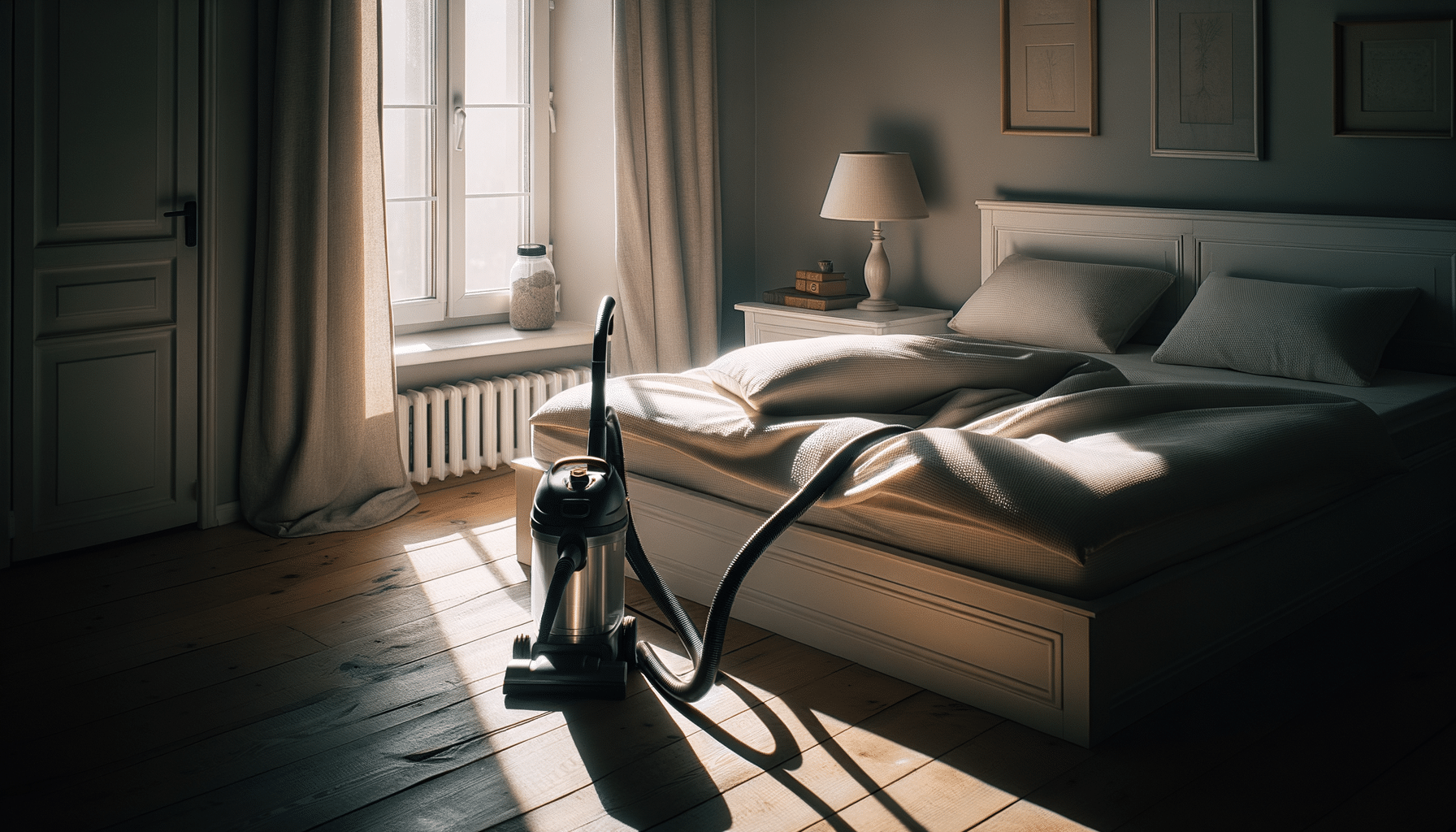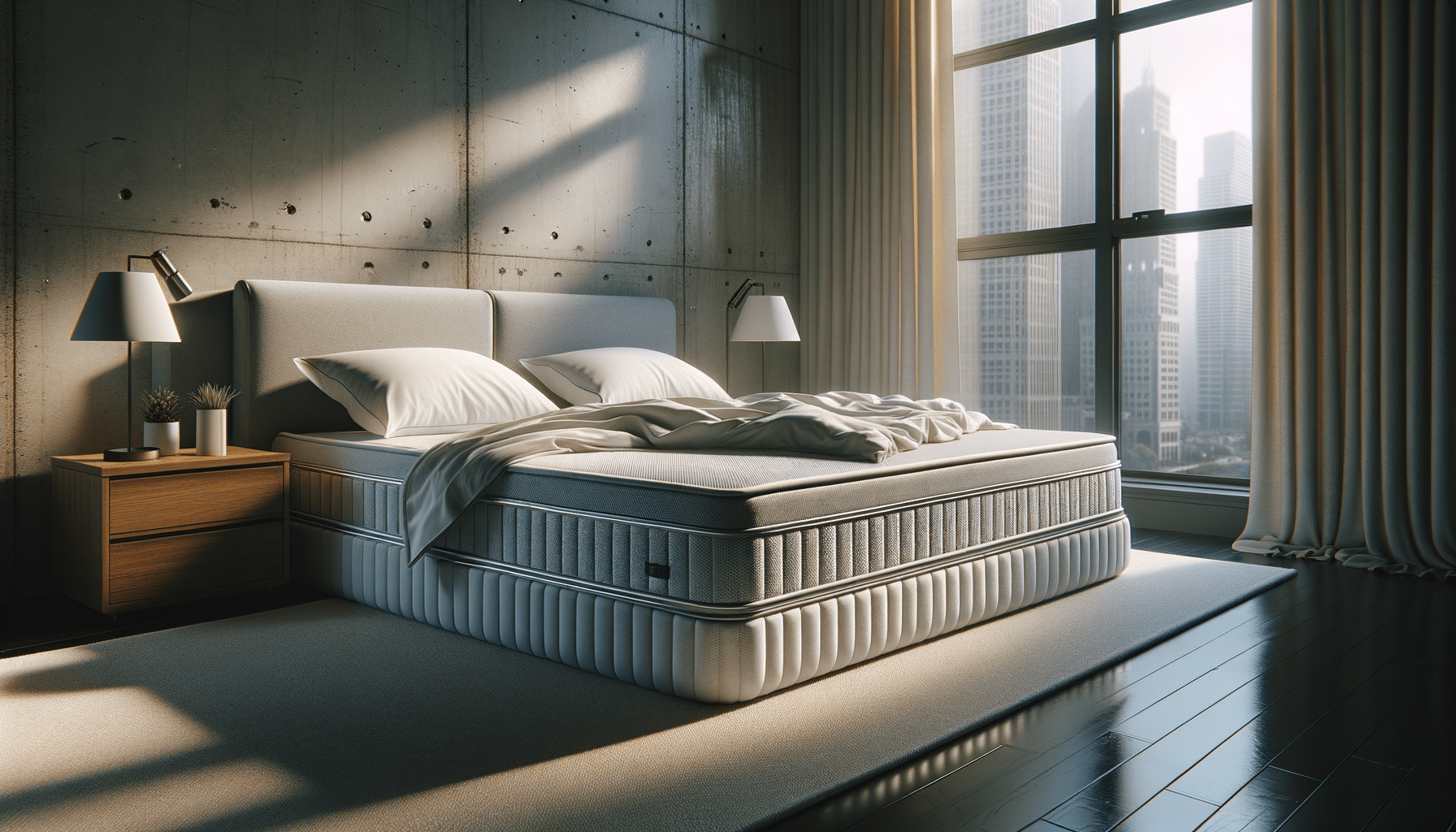
Get Rid of Bedbugs
Understanding Bedbugs: The Silent Invaders
Bedbugs are tiny, elusive pests that thrive in the crevices and folds of our living spaces. Known for their resilience, these insects can cause significant discomfort and distress. Understanding their biology and behavior is crucial in devising effective strategies to eliminate them. Bedbugs are nocturnal creatures, feeding on human blood while we sleep. This makes them particularly difficult to detect until their presence becomes a full-blown infestation.
One of the most distinctive features of bedbugs is their ability to hide in small, inconspicuous places. They are often found in mattress seams, behind headboards, and even within electrical outlets. Despite their small size, they can cause itchy welts and allergic reactions in some individuals. Recognizing the signs of a bedbug infestation early can prevent a minor inconvenience from becoming a major problem.
A key aspect of managing bedbugs is understanding their lifecycle. Bedbugs undergo several stages of development, from eggs to nymphs to adults. This lifecycle means that a single treatment is rarely sufficient, as eggs may hatch after initial efforts to eradicate them. Persistence and a multi-faceted approach are essential in getting rid of these pests effectively.
Initial Steps to Combat Bedbug Infestations
When faced with a bedbug infestation, the first step is to reduce clutter and clean the affected areas thoroughly. Begin by washing all bedding, clothes, and fabrics in hot water and drying them on high heat. This process is vital as bedbugs cannot survive high temperatures. Vacuuming is another effective method to physically remove bedbugs from mattresses, furniture, and carpets. Ensure that the vacuum bag is sealed immediately after use to prevent the pests from escaping.
Enclosing mattresses and box springs in protective covers can trap any remaining bedbugs and prevent new ones from settling. These covers should be of high quality to ensure they do not tear easily. It is also advisable to inspect and clean all potential hiding spots, including behind picture frames and under loose wallpaper.
For deeper infestations, steam treatment can be a powerful ally. Bedbugs are sensitive to heat, and steam can penetrate deep into cracks and crevices where they hide. However, care must be taken to avoid damaging furniture and fabrics with excessive moisture. Consistency in these efforts is crucial, as bedbugs are resilient and can survive for long periods without feeding.
Home Remedies and Chemical Treatments
While there are numerous home remedies touted for bedbug control, their effectiveness can vary. Diatomaceous earth, a natural powder, is often recommended for its ability to dehydrate and kill bedbugs. Sprinkling it around infested areas can be beneficial, but it requires careful handling to avoid inhalation.
Essential oils, such as tea tree and lavender, are also popular for their repellent properties. However, they are unlikely to eliminate an established infestation on their own. Instead, they can be used as a supplementary measure alongside other treatments.
Chemical treatments are often necessary for severe infestations. Insecticides specifically designed for bedbugs can be effective, but they must be used with caution. It’s important to follow the manufacturer’s instructions closely to avoid harmful exposure to humans and pets. In some cases, professional pest control services may be the most efficient solution, as they have access to more potent treatments and the expertise to apply them effectively.
Prevention: Keeping Bedbugs at Bay
Once bedbugs have been eradicated, the focus should shift to prevention to ensure they do not return. Regular inspection of sleeping areas and surrounding furniture can help catch any new infestations early. When traveling, inspect hotel rooms for signs of bedbugs and keep luggage elevated and away from beds and furniture.
Consider using protective mattress covers as a long-term measure. These can prevent bedbugs from settling in your bed and make future infestations easier to detect. Additionally, sealing cracks and crevices in walls and floors can eliminate potential hiding spots.
Maintaining a clean and clutter-free environment is one of the most effective ways to deter bedbugs. Reduce the number of hiding places by keeping spaces organized and minimizing excess items. Regular vacuuming and laundering of bedding and clothing can further reduce the risk of an infestation.
When to Call the Professionals
Despite best efforts, some bedbug infestations may be too severe for DIY methods. In such cases, professional pest control services can provide a comprehensive solution. These experts have access to advanced treatments and equipment that can effectively eliminate bedbugs.
Professional services often begin with a thorough inspection to assess the extent of the infestation. Based on this assessment, they can tailor a treatment plan that addresses the specific needs of your home. This might include the use of heat treatments, which are highly effective in eradicating bedbugs at all life stages.
It’s important to choose a reputable pest control company with experience in dealing with bedbugs. Look for companies that offer a guarantee on their services, as this can provide peace of mind. Remember, bedbugs are persistent pests, and even professional treatments may require multiple visits to ensure complete eradication.


